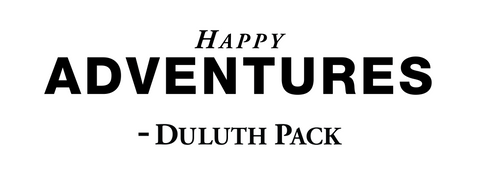Burns are one of the most common household injuries and knowing how to provide proper care can significantly affect the healing process and minimize discomfort. From a splatter of hot oil while cooking to an accidental brush against a hot iron, burns can vary in severity and require different levels of treatment. In this comprehensive guide, we’ll walk you through the steps to take immediate action and ensure a smooth recovery for minor burns, while also touching on when to seek medical attention for more serious injuries.
Understanding Burn Degrees
Before diving into care, it’s crucial to recognize the severity of a burn, typically categorized by degrees:
- First-degree burns affect only the outer layer of skin, causing redness, minor inflammation, and pain.
- Second-degree burns go deeper, affecting both the outer layer and the underlayer of skin, leading to blisters, severe pain, and swelling.
- Third-degree burns penetrate the deepest, causing damage to all layers of skin and possibly underlying tissues, often resulting in a charred or white appearance.
Immediate Steps for Minor Burns (First and Second Degree)
1. Cool the Burn
Immediately hold the burned area under cool (not cold) running water or apply a cool, wet compress for about 10-20 minutes. This helps soothe the pain and reduce swelling by pulling the heat away from the skin.
2. Protect the Burn
After cooling, cover the area with a sterile, non-fluffy cloth or a sterile gauze bandage. Do not use cotton, as its small fibers can stick to the injury. This protection helps prevent infection and keeps the skin clean.
3. Apply a Lotion
Once the burn is cooled and cleaned, you can apply aloe vera or a moisturizing lotion to further soothe discomfort. Aloe vera is known for its anti-inflammatory and healing properties. Avoid using butter, oils, or remedies that might trap heat in the skin or cause infections.
4. Minimize Pain
Over-the-counter pain relievers like ibuprofen, acetaminophen, or naproxen can help alleviate pain and reduce inflammation. Ensure you follow the recommended dosage and consult a healthcare provider if unsure.
5. Monitor for Infection
As the burn heals, watch for signs of infection, such as increased redness, swelling, fever, or oozing. If any of these symptoms occur, seek medical advice immediately.
Special Considerations for Second-Degree Burns
If blisters occur, do not pop them as they provide a natural barrier to infection. If a blister breaks, clean the area with water, apply an antibiotic ointment, and cover it with a sterile bandage.
When to Seek Medical Attention
- The burn penetrates all layers of the skin (third-degree burns).
- The burn covers a large area, more than 3 inches in diameter, or is on the face, hands, feet, groin, buttocks, or a major joint.
- Signs of infection, such as fever, swelling, or pus.
- The burn is caused by chemicals or electricity.
Long-Term Care and Healing
As the burn heals, keep the area clean and continue to apply moisturizing lotion to prevent drying and make the skin more comfortable. Avoid exposing the burn to direct sunlight, as this can lead to further damage and scarring. If scarring occurs or if the burn has affected your mobility, consult a healthcare provider for potential treatments or physical therapy.
Prompt and proper care for burns can significantly impact the healing process and prevent further damage. Remember, when in doubt, or if the burn is severe, seek medical attention immediately. By understanding the basics of burn care, you can ensure a quicker recovery and minimize discomfort for you or your loved ones.
Happy adventuring, friends!

Disclaimer: Duluth Pack employees are not trained or educated first responders. This blog was based on information current at the time of writing. Consult a Physician, first responder, or first responder training program prior to attempting.
